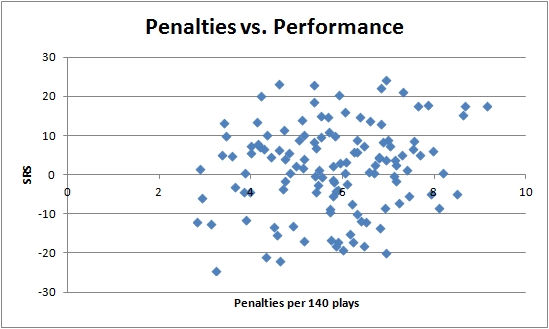Subscribers to The Fabulous Peltoncast may have noticed they got a condensed version earlier — the Huskies section only was accidentally added to the RSS feed. Here’s the full version, should you want to hear the entirety of this week’s podcast.
-
The Fabulous Peltoncast is a weekly podcast where brothers Kevin Pelton and Tristan Carosino discuss Seattle sports from an analytical perspective and search for Seattle’s best food. The Peltoncast Network also includes Talkin’ Taco Time and Trader Bros.
-
Recent Posts
Archives
- November 2024
- October 2024
- September 2024
- August 2024
- July 2024
- June 2024
- May 2024
- April 2024
- March 2024
- February 2024
- January 2024
- December 2023
- November 2023
- October 2023
- September 2023
- August 2023
- July 2023
- June 2023
- May 2023
- April 2023
- March 2023
- February 2023
- January 2023
- December 2022
- November 2022
- October 2022
- September 2022
- August 2022
- July 2022
- June 2022
- May 2022
- April 2022
- March 2022
- February 2022
- January 2022
- December 2021
- November 2021
- October 2021
- September 2021
- August 2021
- July 2021
- June 2021
- May 2021
- April 2021
- March 2021
- February 2021
- January 2021
- December 2020
- November 2020
- October 2020
- September 2020
- August 2020
- July 2020
- June 2020
- May 2020
- April 2020
- March 2020
- February 2020
- January 2020
- December 2019
- November 2019
- October 2019
- September 2019
- August 2019
- July 2019
- June 2019
- May 2019
- April 2019
- March 2019
- February 2019
- January 2019
- December 2018
- November 2018
- October 2018
- September 2018
- August 2018
- July 2018
- June 2018
- May 2018
- April 2018
- March 2018
- February 2018
- January 2018
- December 2017
- November 2017
- October 2017
- September 2017
- August 2017
- July 2017
- June 2017
- May 2017
- April 2017
- March 2017
- February 2017
- January 2017
- December 2016
- November 2016
- October 2016
- February 2014
- January 2014
- December 2013
- November 2013
- October 2013
- September 2013
- March 2013
- February 2013
- January 2013
- December 2012
- November 2012
- October 2012
- September 2012
- March 2012
- February 2012
- January 2012
- December 2011
- November 2011
- October 2011
Categories
Meta

 In this week’s extended episode of The Fabulous Peltoncast, your hosts discuss today’s momentous return of the Rainier R to its rightful place on the Old Rainier Brewery, Kevin‘s visit to the ESPN campus in Bristol, remember Don James after his death, discuss the state of the Washington football program, preview the Seahawks’ Monday Night tilt at St. Louis and look at the results of last week’s bet on their fantasy matchup.
In this week’s extended episode of The Fabulous Peltoncast, your hosts discuss today’s momentous return of the Rainier R to its rightful place on the Old Rainier Brewery, Kevin‘s visit to the ESPN campus in Bristol, remember Don James after his death, discuss the state of the Washington football program, preview the Seahawks’ Monday Night tilt at St. Louis and look at the results of last week’s bet on their fantasy matchup.
